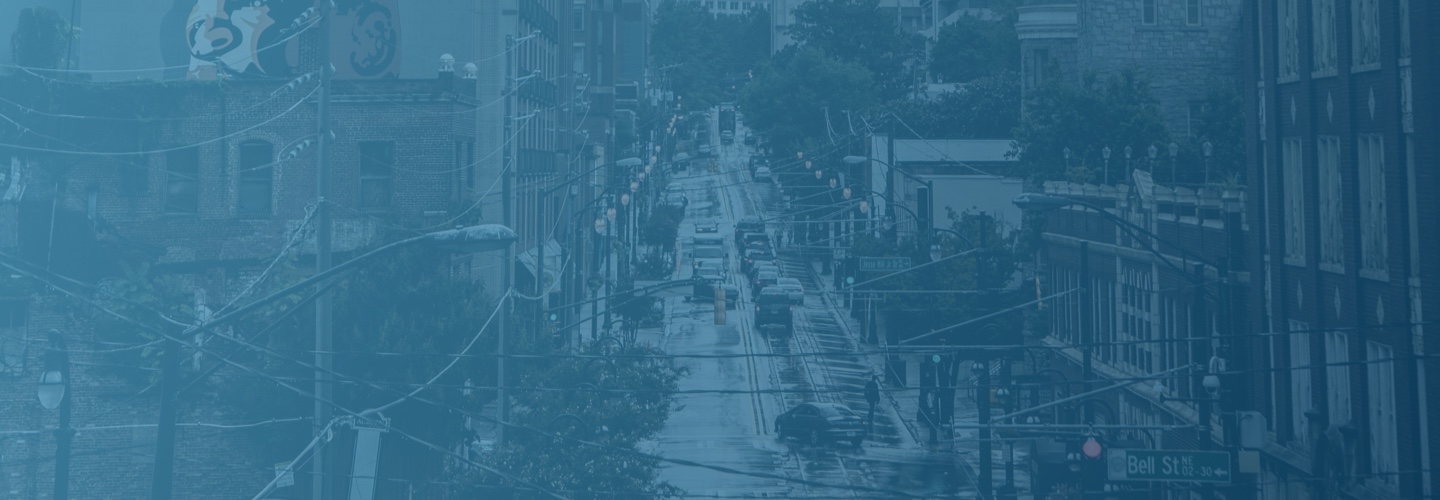Stephen Hasner | Workers' Compensation | September 30, 2019
On-the-job injuries are no laughing matter. After the accident, you may have pain and discomfort that can linger for weeks, months or even years. It may be difficult to perform your work duties in the same manner as before the injury or you may not be able to return to work at all. This can lead to lost income and in some cases high medical bills. Unfortunately, in certain industries, accidents that cause employee injuries are all too common.
Millions of workplace injuries and illnesses are reported every year. In fact, the Bureau of Labor Statistics reports that there are 2.8 cases of work-related injuries per 100 employees. Fortunately, workers’ compensation is available to employees for many of these injuries. Workers’ comp benefits can greatly reduce the financial impact that the injury has on an employee and his or her family.
Types of Injuries Depends on Environment
The injury a worker is likely to suffer on-the-job depends greatly on the type of work involved and the work environment. In manufacturing, for example, the most common injuries are muscle strains, sprains, and tears. These are typically the result of overexertion. An example would be a worker throwing his back out carrying heavy boxes.
For those working in the farming and cattle ranching industry, the most common injuries are slightly different. Most ranching-related incidents involve animals or farm equipment. Examples might include a worker getting kicked by a horse or being clipped by a tractor.
By contrast, in the oil and gas industry, most accidents are caused by the mishandling of materials. An example would be if a worker was moving a drum of oil with a forklift and the barrel fell off the lift and hit the worker causing injury. It’s interesting to note that injuries from car accidents are far more common for those working in oil and gas than in any other industry.
Now, you might not expect injuries to occur in administrative and support services due to the non-physical nature of the work. However, injuries do occur in these environments and the most common types are falls, slips, and trips. An example would be if a phone operator tripped over a telephone cord while walking to his or her desk.
Construction Hazards
Construction zones can create many risks for workers that can lead to a workers’ compensation claim. According to the Occupational Safety and Health Administration (OSHA) the most common construction injuries are:
- Falls (from ladders, scaffolding, floor openings, etc.)
- Workers being struck by falling objects or vehicles or moving equipment
- Electrocutions (from low power lines, exposed wires, etc.)
It’s no surprise that construction workers have some of the most dangerous jobs in the country.
Overall Numbers on Workers’ Compensation Claims
By the numbers, overexertion accounted for 23.4% of the workplace injuries qualifying for workers’ compensation benefits according to the 2018 Liberty Mutual Workplace Safety Index. This includes injuries related to pushing and pulling, as well as workers being hurt while holding, carrying, or throwing objects.
Falls are the second most common workplace injury. Workers falling on a single level accounted for 19.2% of the injuries. Falling to a lower level accounted for 10%.
Also at the top of the Safety Index are:
- Car accidents
- Slipping or tripping without a fall
- Being struck by an object or equipment, and
- Repetitive motions involving microtasks (such as carpal tunnel syndrome).
The most common injuries that these accidents cause are muscle sprains/strains, cuts or punctures, contusions, inflammation, and fractures.
The Costliest Injuries
Note that the injuries that occur with the highest frequency are not typically the most costly to treat. Amputation has the highest claims cost amounts, with average costs to the employer of over $100,000. By comparison, treating more common injuries, such as sprains and cuts, cost an employer on average around $8,000-$20,000.
Filing for Workers’ Compensation
If you are injured while at work, you can file for workers’ compensation in Georgia. This program provides employees hurt on-the-job with medical benefits and it also covers rehabilitation costs. In some cases, you may be entitled to supplemental income during the period in which you are unable to work. The amount you are entitled to receive depends on the type of injury you sustained and is set by state law.
To apply for workers’ compensation in Georgia, it is important that you report your injury to your employer as soon as possible. You will then need to file a claim with the State Board of Workers’ Compensation.
This process can sometimes be confusing. You might consider contacting a workers’ compensation attorney for assistance. A qualified lawyer can also help you in cases where you are denied benefits.
Contact the Atlanta Workers’ Compensation Lawyers at Hasner Law PC For Help
For more information, please contact the Atlanta workers’ compensation law firm of Hasner Law P.C. at our nearest location to schedule a free consultation today.
We serve in Fulton County, Chatham County, and its surrounding areas:
Hasner Law PC – Atlanta Law Office
2839 Paces Ferry Rd SE #1050
Atlanta, GA 30339
(678) 888-4878
Hasner Law PC – Savannah Law Office
221 W York St
Savannah, GA 31401
(912) 234-2334


